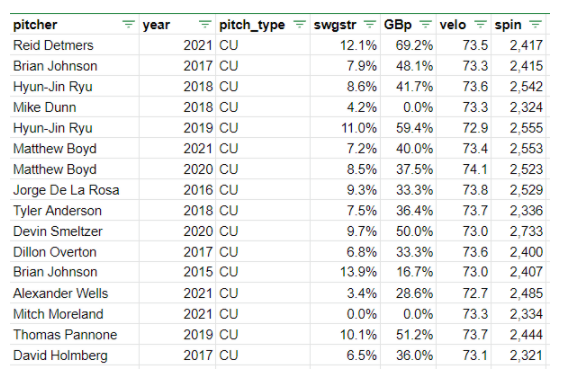Who Plays in Doubleheaders?
This past weekend, I was trying to decide how much to lean into Oakland’s nine-game week. I didn’t know if just the regulars would start in all the games or should I focus on some of the lesser bats (there are many of them on Oakland). I figured this question would come up several times during the season, so I decided to get an overall view of who sits and plays.
I’ll apologize upfront for most of the article being a big data dump. If anyone is not interested in the numbers, just jump to “Conclusions” for my take on the information. Read the rest of this entry »

